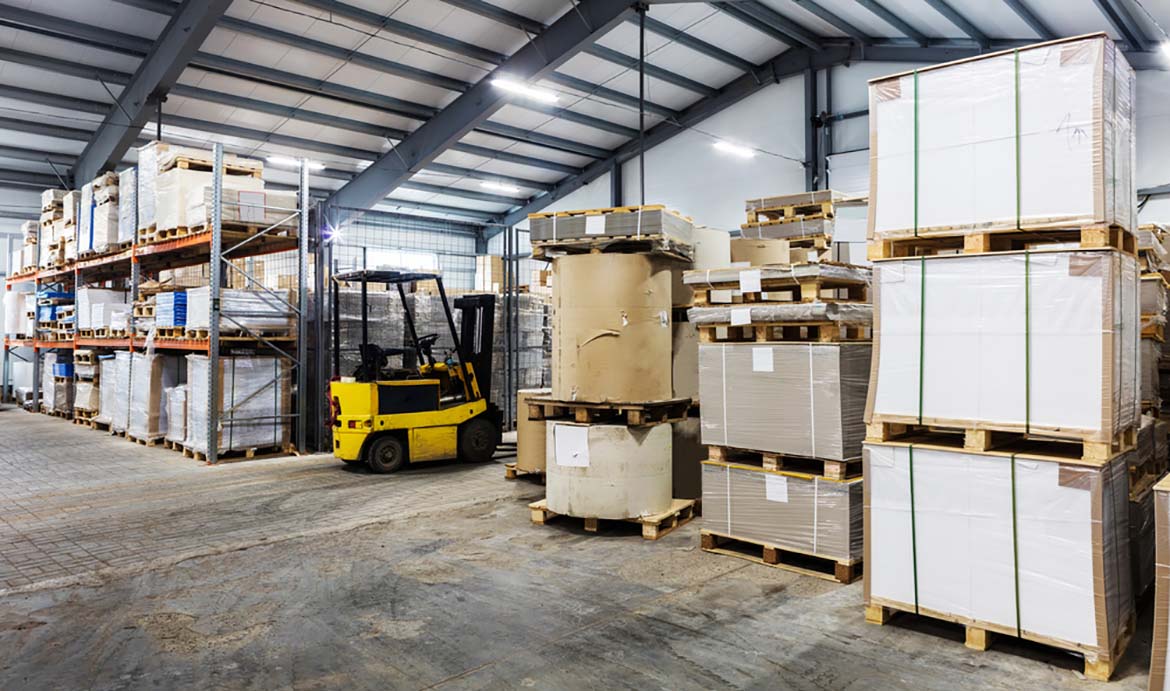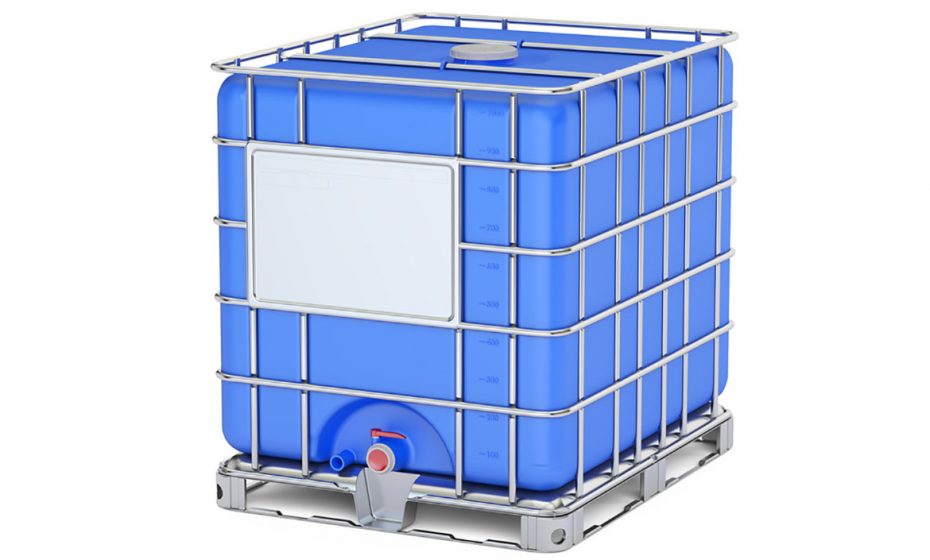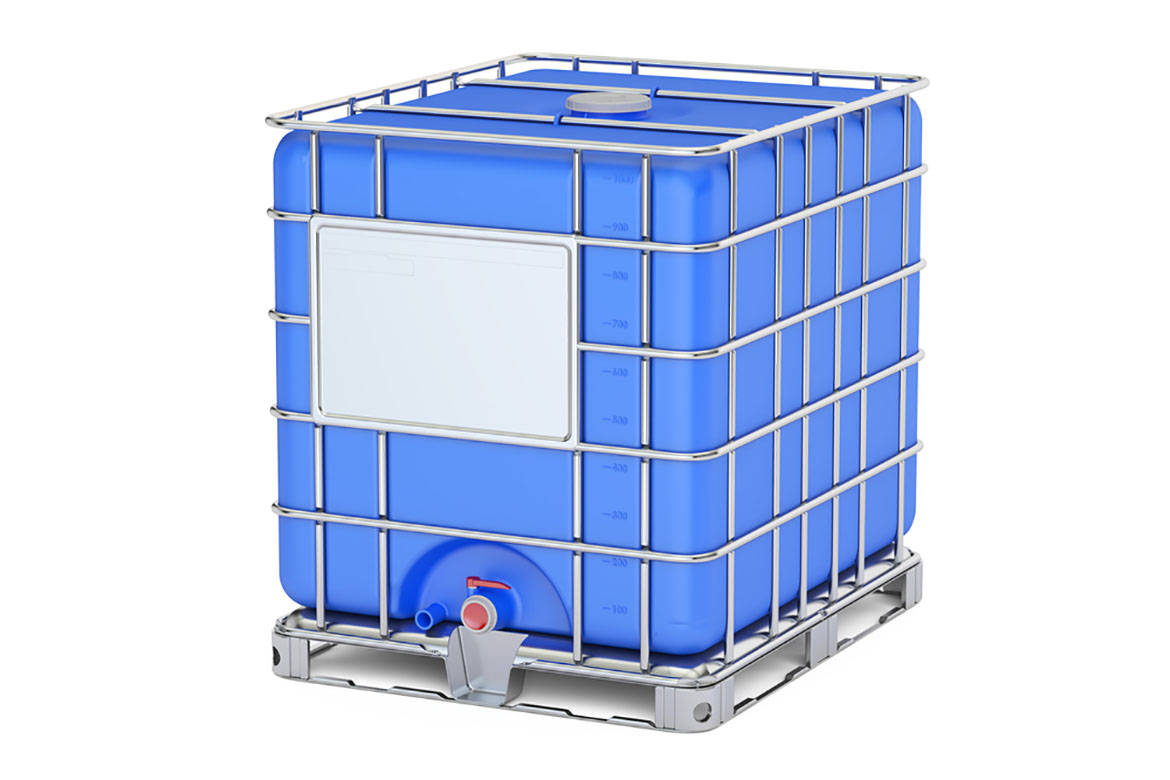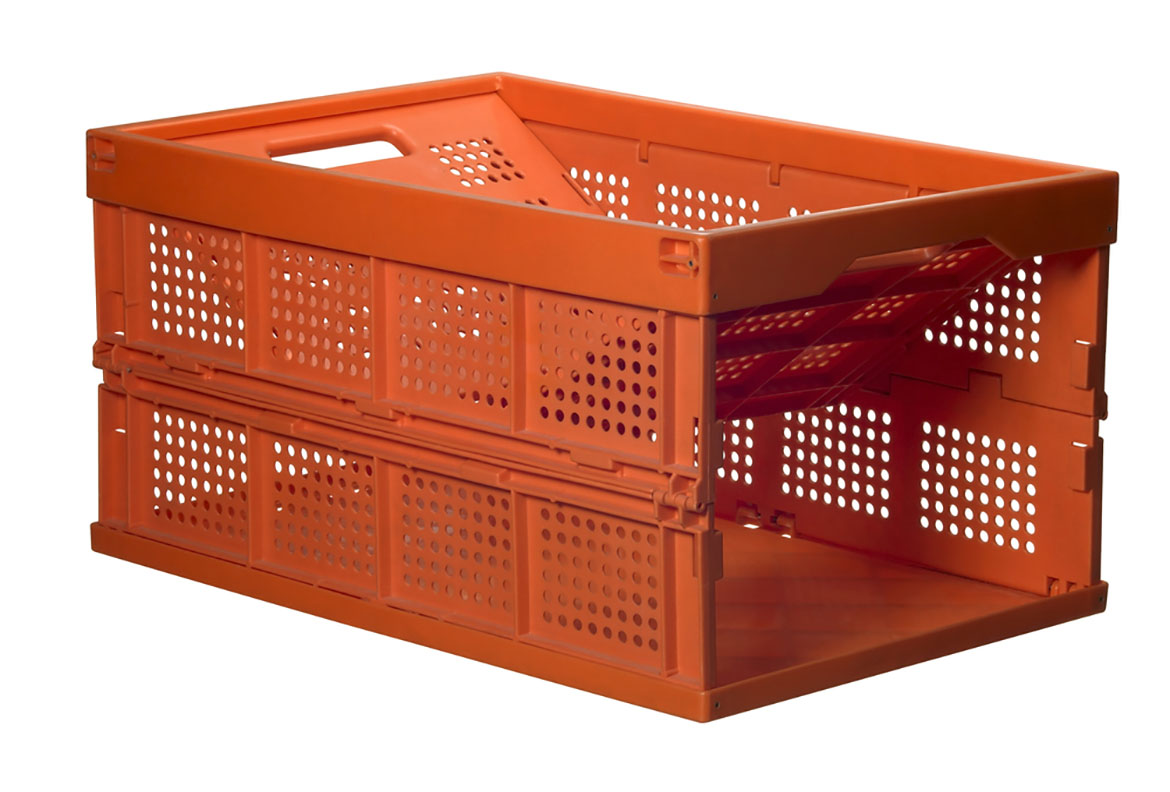
Collapsible bulk containers are designed to house a wide range of products and materials. They are among the most durable containers on the market with reinforced walls to protect your goods in every situation. They can be used to store or ship commercial fluids like auto oil, solvents, drinking water, and cleaning supplies. They can also safely house solid items, including consumer goods and raw materials.
These containers can help you streamline the order fulfillment process, which tends to be one of the expensive aspects of running a warehouse. Studies show order fulfillment and replenishment typically account for 50 to 65 percent of warehouse labor expenses. Learn how to use collapsible bulk containers for order fulfillment to get your products out the door as quickly as possible.
Storing Raw Materials and Supplies
Collapsible bulk containers are perfect for housing the materials you use to create your products, including wood, metal, plastic, fabric, and other manufacturing essentials. They come with plenty of space for large items, while protecting them from the outside world. Many containers come with open slots or drop-down doors that make it easy to reach inside. Your workers can quickly access the items they need when manufacturing items, so you can get your products out the door that much faster.
For example, utilize used IBC totes to save money when storing fluids. They come with built-in taps that make it easy to dispense supplies in the field. The container is also attached to a pallet for easy handling.
Transporting Goods and Supplies
Bulk containers can also be used to transport raw materials as well as finished products. They provide additional space, so you can ship your items in bulk. Consider putting multiple containers inside a bulk container to speed up the loading and unloading process. Your workers can use a lift truck to move large quantities of goods rather than moving dozens of individual packages by hand.
Shop for Used Collapsible Containers Online to Safely Store Your Products
When it comes to delivering your goods, bulk containers will help you clear up additional space in the delivery vehicle. Your workers can quickly collapse the container when they have distributed the contents. This will help them differentiate between completed orders and those that still need to be delivered. They don’t have to waste time checking empty containers for packages.
Organizing Inventory
You can also use these containers to organize products on the shelf. They are durable enough to protect your materials and merchandise over the long term. Keeping your goods inside a bulk container with a drop-down opening will help your staff identify the contents. They can quickly inspect merchandise for damage or return misplaced items to the correct container.
Workers can also collapse these containers when they are empty, so you know that it’s time to order more supplies or merchandise. This will help you keep an accurate count of your inventory.
If an item goes missing, your team won’t have to open individual containers or check empty boxes as they search the facility.
Space Utilization
Space can be hard to come by when running a warehouse. The cost of renting a facility continues to go up year after year. Using collapsible containers will help you clear up as much space as possible in the loading dock, so your team has more room to move around. Clutter will only make it harder for your workers to do their job. They may trip on a box or knock into a container by mistake if they are lying on the floor. These containers will also impede their line of sight. Encourage your team to collapse and stack empty containers as they go to keep the space as neat as possible.
Less Waste
Boxes need to be broken down, which can be time consuming. Your team will also have to dispose of the packaging materials, such as peanuts and plastic wrap. That’s why it’s best to utilize reusable containers. Your team can quickly put these containers back into rotation as soon as they complete an order. You won’t have to worry about ordering more supplies or recycling your materials at the end of the day.
Image Credits:
terekhov igor/Shutterstock.com
AlexLMX/Shutterstock.com
PRILL/Shutterstock.com


